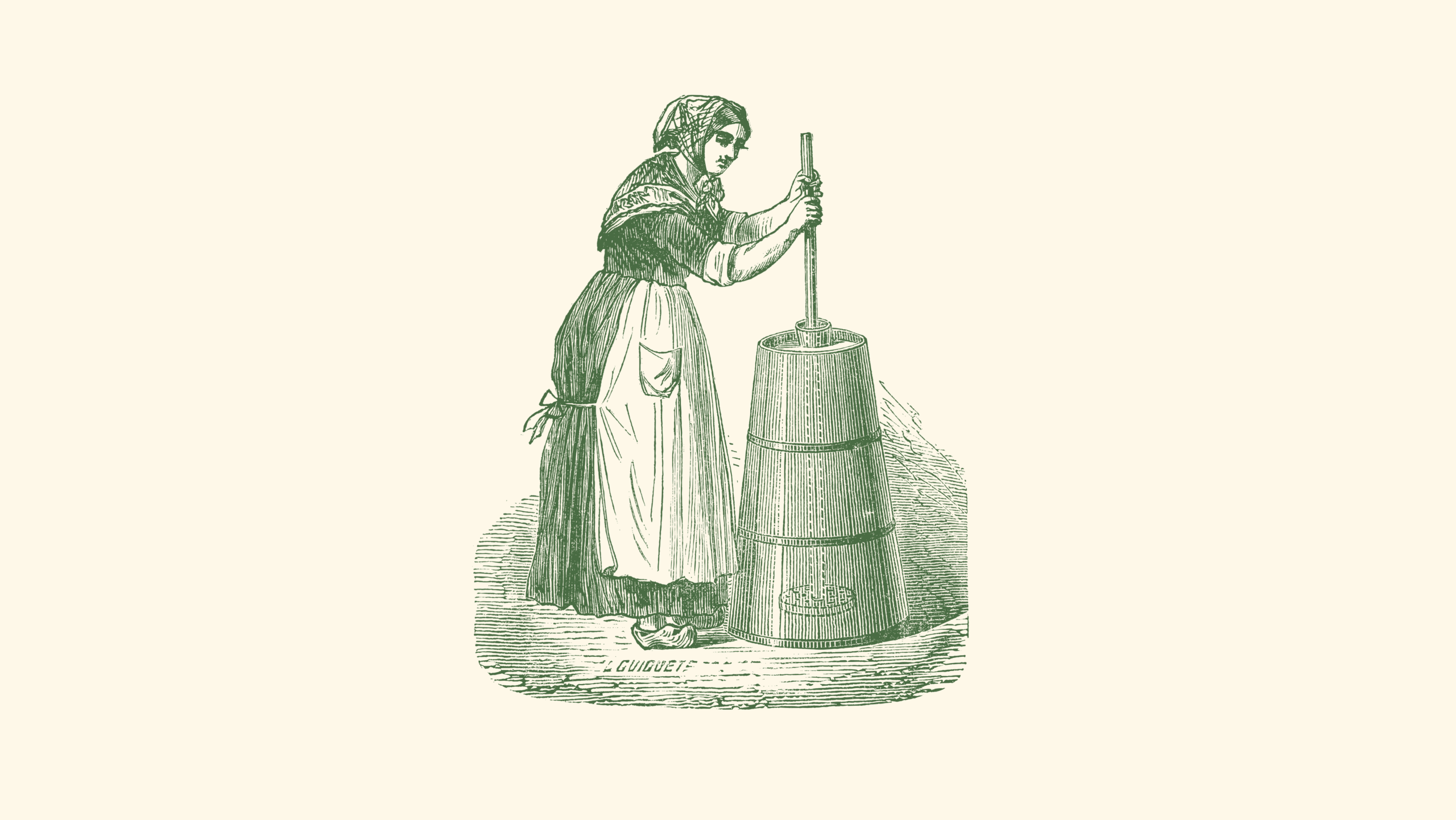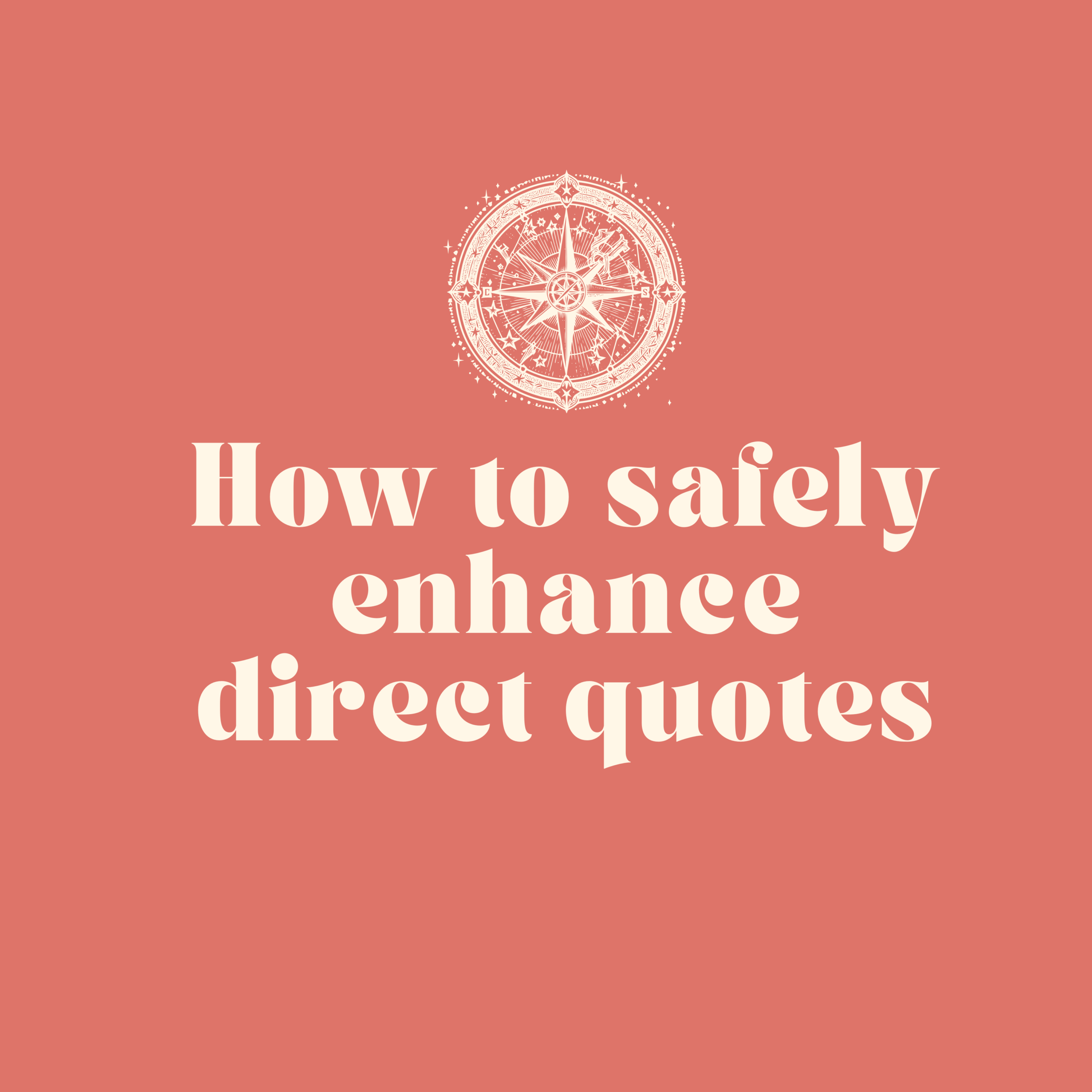Every once in a while, I go on the market for a pair of new shoes.
Usually this happens in the spring, at about the same time things outside are blossoming into allergies and I realize it’s time to sock away the moon boots and strike a footloose and fancy-free flip flop for the season.
Inevitably I realize, while digging through the plastic tub of “summer stuff” tucked away in the closet, I have no flip flops. Then I remember I hate flip flops. The way they feel like a stranger is holding their finger in between the two big toes of each foot. Ugh.
Flip flops are a style. They’re not my style, but they are a style.
Better yet, let’s just get to the point.
Flip flops are a style choice, and both your feet and your writing should have some.
Without coming off as a complete dink, I need you to know I have read thousands of books of fiction in my lifetime. My math has never been stellar, but it must equate to around 70 trillion pages I’ve read just in my 45 years alone, so if there’s something I know a lot about, it’s writing style.
Strong writing style
Creates a feeling and sets the tone for audiences to have an emotional experience.
Assists in differentiating you from other writers, brands, and organizations.
Sets appropriate pacing for the story to unfold creatively and strategically.
Establishes trust and authority by showing, feeling, and valuing the adventure.
Consistently enables person-to-person engagement and connection.
Think of the best recent article or book you read. What did you like about it? Let me guess. You either laughed or cried. If you didn’t want to do either, then maybe the writer didn’t have a very good style. Or you have bad taste.
Either way, the author didn’t just say, “Well, here’s where I make Brian cry at work.” No, they had to do the work to get Brian to cry, which meant if they’re any writer worth their mustard, they wrote a lot and eventually sussed out a style for themselves that felt right. A style that felt comfortable and helped them carry a story to a conclusion that both satisfied and educated a consumer of their content.
How do you know if you have a good writing style?
Being a good writer and having a good writing style are two different things.
It goes beyond your friends and family telling you that you’re a great writer. Or if you’re the designated writer at work because there’s nobody else willing to approach that monster, what kind of a style are you offering your readers? Is it in line with who you are, how you want to present to the world? The same goes for your company, too. Is your writing style in line with how you want to show up for your customers and stakeholders?
How do you harness your unique writing style?
Practice.
Write every day.
Post every day.
Edit every day.
Journal every day.
Plan every day.
If you don’t have capacity, let’s find some — together.
How many minutes did you spend scrolling through your high school crush’s spouse’s photos while you waited for your 10 a.m. coffee date to show up? How many episodes of the latest streaming sensation did you watch? Did you really need to sit in the parking lot of Target and text your sister for 45 minutes?
Oops, I found you some writing time. You’re going to need it if you want to be a decent writer, or even a passable one, for that matter.
Finding your writing style takes time. Maybe your entire life. It doesn’t matter. Find your style and you will be infinitely more attractive.
If you want to make someone fall in love, cry, laugh or get pissed off and throw your content across the room, then you should find your writing style. I have read so many books and written so many stories now that I am prepared to spread the infinitesimal wisdom of my brain with you. Right here. You don’t even need to go anywhere. Just get a hold of us and we can figure it all out together just like nature intended.
Lonna W.
Lonna is the founder of Garden Communications Co. She writes about how to be a better communicator using the craft of writing enhanced by technology rather than the other way around.



